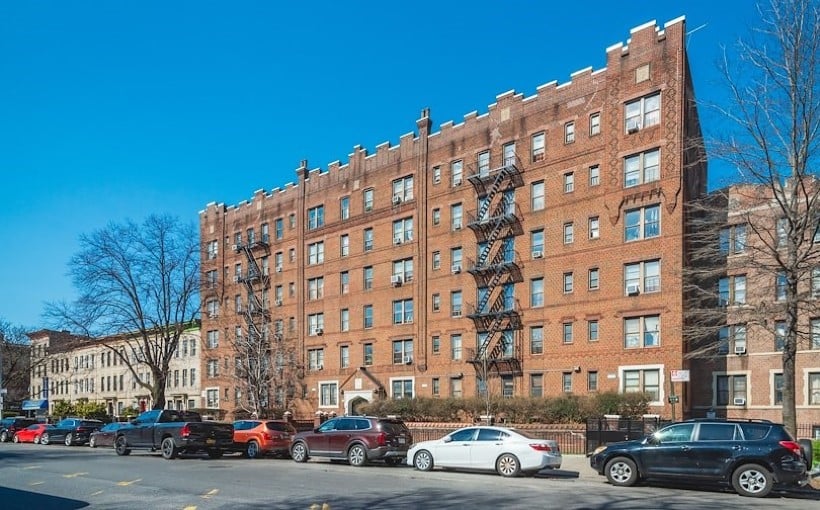**Looking Ahead: Millennials Will Continue Influencing the Housing Market**
With current economic volatility clouding short-term forecasts for commercial real estate, Marcus & Millichap’s Senior Vice President John Chang is instead turning his focus to long-term housing trends—particularly those driven by millennials. In a recently released video titled *The Forces Driving Long-Term Rental Housing Demand*, Chang examines how this key demographic is shaping the future of rental housing in the United States.
Millennials—now numbering around 73 million—are mostly in their late 20s to early 40s. According to Chang, this positions them squarely in the midst of major life milestones, particularly family formation. “The average age for marriage is about 29 years,” he noted. “This generation is in its prime household formation years, creating a strong foundation for continued housing demand.”
However, the surprising trend is that despite aging into their 40s, many millennials are choosing to remain in rental housing longer than previous generations. According to Chang, this group is not rushing into homeownership. Instead, they are renewing leases at historically high rates, currently at about 55%.
**Better Apartments Driving Longer Rentals**
What’s keeping millennials in the rental market? A significant factor is the improved quality of apartment living. “The quality of life in apartments has improved tremendously,” said Chang. “Developers have added more services and amenities, introduced better finish levels, and created more functional floor plans.”
As a result, many renters are choosing to stay rather than transition into homeownership, pushing their purchase decisions further into the future.
**The Growing Affordability Gap**
Another critical factor is affordability. The cost of buying and maintaining a home has risen sharply in recent years. “The gap between the quality of what they can rent versus what they can afford to buy has widened,” said Chang.
The financial difference between owning and renting is now significant—averaging nearly $1,300 monthly. With home prices and mortgage rates remaining high, many young adults are finding it increasingly difficult to justify buying. As a result, the median age for first-time homebuyers has steadily risen:
– In 2010: 30 years
– In 2020: 33 years
– In 2022: 36 years
– In 2024: 38 years
**Outlook: Steady Rental Demand, Slower Ownership Transition**
Looking ahead, Chang doesn’t anticipate a dramatic shift in these trends. Homebuilders aren’t producing enough inventory to lower costs, and mortgage rates show no sign of significant decline. “The U.S. will likely continue to face a housing shortage, and the affordability gap between owning and renting will remain,” he said.
With apartment offerings improving and new supply slowing down, demand for rental housing is expected to strengthen. This dynamic will likely push multifamily vacancy rates lower and support steady rent growth in the years ahead.
In conclusion, millennials—through their delayed entry into homeownership and growing preference for high-quality rentals—are set to be a dominant force in shaping the housing market for the foreseeable future.




